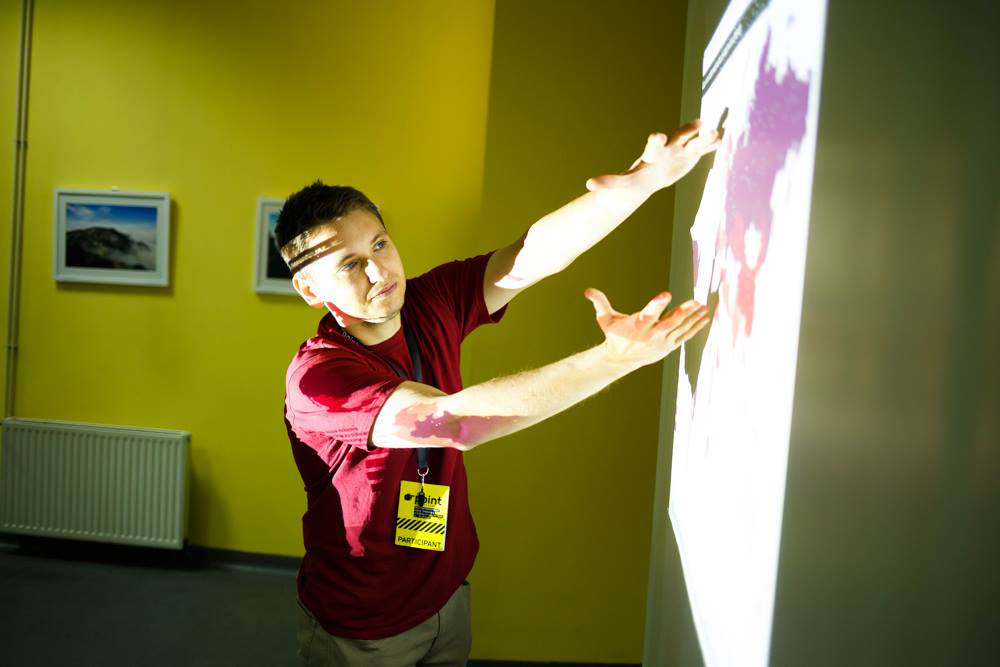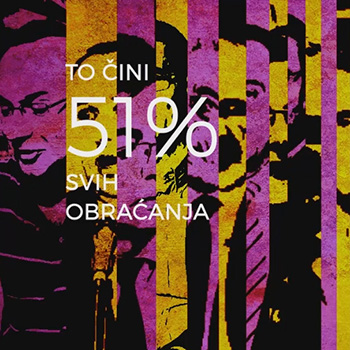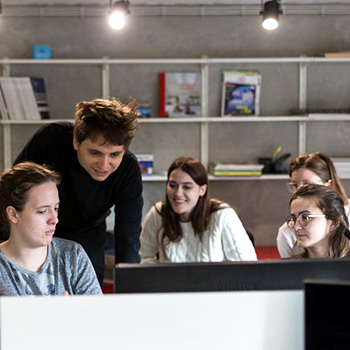The workshop focuses on understanding the truthful, effective, and affective communication in the context of digital data. From historical cartography to modern interactive Web experiences, from data art to data journalism, the workshop is trying to answer what constitutes quality data-driven design. Special attention is devoted to explaining data-driven propaganda, ways of manipulating public via faux dataviz.
We use many tools, from pencils, crayons, and smartphone cameras to D3.js, Processing, P5.js, Tableau, and Raw Graphs. Software is an important tool, but its importance is often overestimated in the field. Ideas come before tools.
During the workshop, I also try to create room for a wider discussion about the role data plays in the contemporary society. I believe we need to humanize data-driven approaches to society, media, and culture. Artist L. DuBois says in his talks that by reducing people to numbers, dataviz can be anesthetizing. We should be aware of this danger.
I led dataviz workshops in Serbia, Hungary, Bosnia, and Croatia, for diverse communities of designers, academics, activists, journalists, public workers, digital artists, engineers, and high-school students. In parallel, I've conceptualized and led related workshops in Data Storytelling and Physical Dataviz. I believe dataviz as a creative medium can and should be open for everyone.
Bellow is an example of Animated Infographics I created for Open Parliament, CRTA – Center for Research, Transparency, and Accountability, Belgrade, Serbia. It was created as a follow-up of the dataviz workshop I prepared for them. ■



